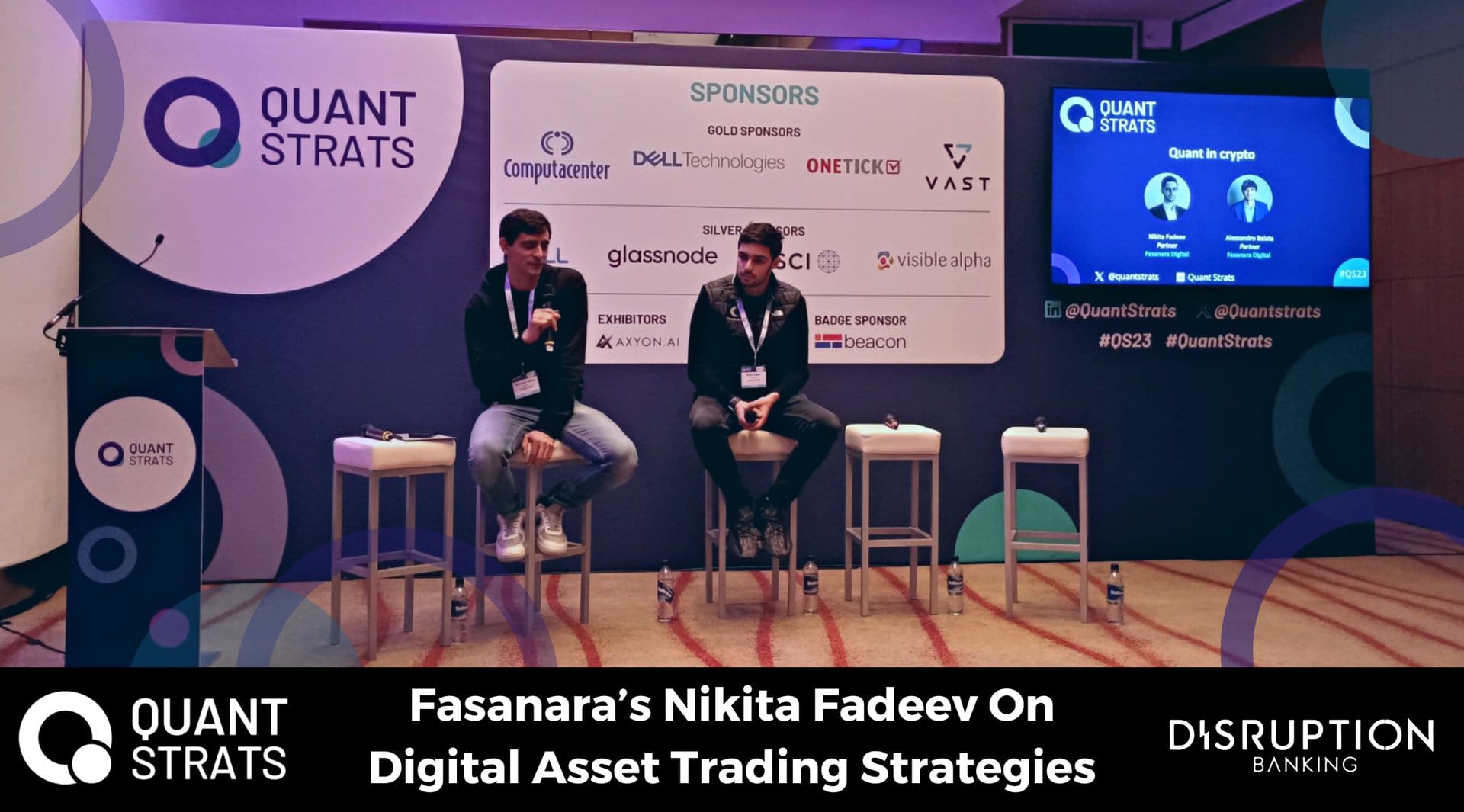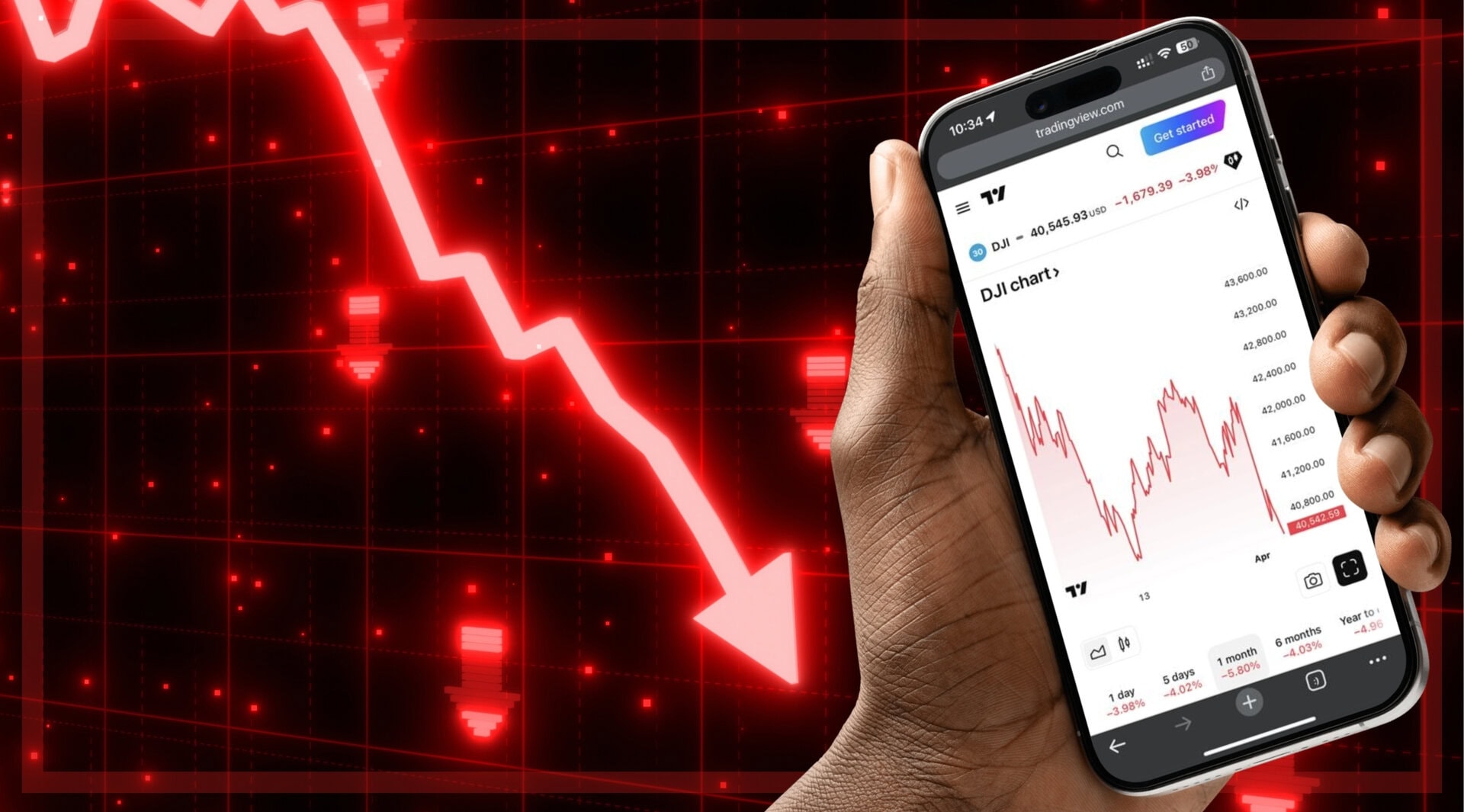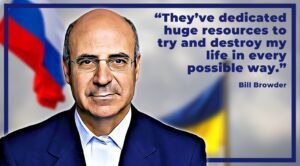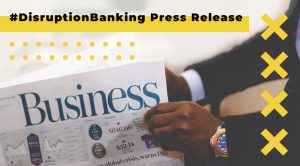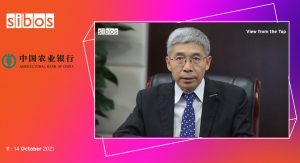“Nikita Fadeev discovered Bitcoin back in 2016 and was amazed by its volatility and large arbitrage opportunities in the market. In 2018 he started a joint-venture with Fasanara Capital, a London-based quant hedge fund, to launch one of the first market neutral funds exclusively focused on digital assets. Fadeev also founded The Quant Conference, a forum looking to bridge the gap between talent and opportunities.”
So runs Fadeev’s entry on the Forbes 30 Under 30 finance list, in which he featured in 2021 amidst an explosion of interest in digital assets and their potential to transform the activities on quant funds. Since the peaks of 2021 – the year which saw Bitcoin and Ethereum reach all-time highs – it has been a rockier road for the world of crypto and decentralised finance (DeFi).
The turbulence of 2022, which saw the collapse of the Terra stablecoin, the crypto hedge fund Three Arrows Capital, and Sam Bankman-Fried’s global exchange FTX, rocked markets and prompted regulators around the world to pay closer attention to the DeFi space.
However, market volatility and price declines do not appear to have significantly dampened institutional interest in the emerging assets industry. The world’s biggest investment management firm, BlackRock, is expected to gain approval for a Bitcoin ETF imminently. Fadeev appeared at the QuantStrats conference in London yesterday to explain how such developments could impact the considerations of quant funds, like Fasanara, that are active in digital asset markets.
BlackRock's spot bitcoin ETF appears on DTCC website with ticker IBTC https://t.co/LNVwQiY8Yz
— The Block (@TheBlock__) October 23, 2023
Fadeev said that when he established the digital asset-focused fund in 2018, he was keen to take a longer-term approach – a position that has perhaps been validated by the volatility markets have experienced in recent years. “The typical lifetime of a hedge fund is two or three years – they close pretty often,” he said. “We thought that we should try to play a long game. That was one of the key aspects of determining how to go about trading and implementing the best strategies.”
Part of this involved identifying what Fadeev called “a quantifiable edge” – mathematical models that allowed the fund “to know why we were making money and why at times we weren’t doing so.” He said that even the fund’s early successes had to be explained by statistically significant data as they strove to ensure that their strategies were actually effective – and that they were not simply benefitting from beginner’s luck.
“When a trade comes off, it would be easy to convince yourself that you are incredibly skilful, but that’s not necessarily the case,” Fadeev said. “It could just be explained by randomness. You need to have quantifiable faith in your strategies and conviction in yourselves that you can express to investors […] the work has to be quantitative, systematic, and logical.”
Nikita Fadeev talks quant strategies and crypto at @quantstrats #qs23 pic.twitter.com/uXLTaacyzr
— Andy Samu (@Andysamu) October 24, 2023
This mentality – of constant self-examination and strategy refinement – is reflected in the evolution of Fasanara’s strategies over the last few years, which have steadily grown to become increasingly more sophisticated. “Three years ago, our strategies would be focused on high-frequency trading (HFT) – we would be rotating our portfolio maybe once or twice a day, and doing 10,000 trades or something like that,” Fadeev explained. “We would be trading on a time horizon of between hundreds and thousands of milliseconds.”
“We have refined these strategies now – although of course there’s still so much more to do; it’s a never-ending cycle. But right now, we trade on over ten exchanges, sending millions and millions of orders every day. We rotate the fund between 10 and 15 times a day,” he added. Just as crypto is “an asset class in evolution,” crypto quant funds also need to evolve their tactics and strategies in order to achieve optimal returns.
While this necessity of course presents a challenge, Fadeev was keen to emphasise that the barriers for entry in crypto markets are not as high as in traditional finance (TradFi) and that “compared to other asset classes, crypto is complicated but not really complex.”
“What I mean by that is with TradFi, you are tasked with solving a challenging equation that you spend weeks, months, or even years devising. But once you solve the puzzle the equation just gives you so much alpha; a price ability that is hard to compete with,” he said.
“Crypto is not like that at all. When creating a crypto-focused strategy for a quant fund, there are hundreds of small things you need to take care of. Each of them is quite straightforward to do but, as there are hundreds, of course this is complicated, particularly given you are working with a limited amount of time and resources,” Fadeev added.
🚨New #TBP Episode Alert🚨
— Paradigm (@tradeparadigm) April 21, 2023
Join us as we sit down with @NikitaAFadeev from Fasanara Digital to discuss massive opportunities "all day, every day!"#TheBigPicture
Full Episode! 👉https://t.co/gx0IOY1Fkb pic.twitter.com/RXNSwYMCaQ
Of course, even the most refined and mathematically sound strategies are not always prepared for completely unexpected black swan events – like the collapse of FTX last year. Given the extent to which the collapse caused much broader turbulence on digital asset markets, Fadeev’s fund was highly exposed to the shock.
He noted that “we are one of the largest liquidity providers out there and suddenly, overnight, we found ourselves in a situation where we were worried about the future of the industry, despite all the risk controls we had in place. But in these situations, there is not much you could have foreseen unless you’re playing “God mode” – it’s very tricky, but you need to keep on having faith and believe that, thanks to the edge you have developed, you will survive the market conditions.”
“The aim of this game is to survive and strive.”
Author: Harry Clynch
#QuantStrats #Crypto #DigitalAssets #Alpha


